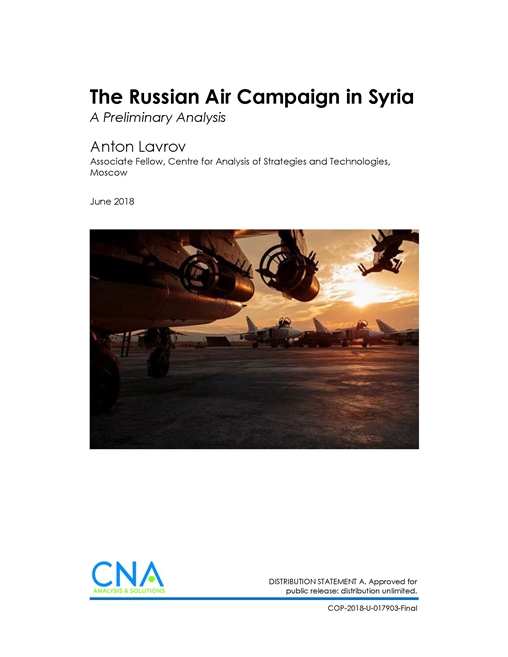During the "New Look" military reform of the Russian armed forces, the development of Russian military aviation become a priority. In addition to vast structural changes, its aircraft inventory was significantly updated. From 2008 to 2015, the air force received more than 350 new combat planes and about 1,000 new helicopters, as well as hundreds of air defense systems.
Russia’s intervention in the Syrian civil war was the first military operation in which these tectonic changes were tested. The observation of this lengthy military campaign made it possible to understand in detail the current capabilities of the Russian Aerospace Forces, based on their equipment, armaments, and tactics, and thereby to assess the success of the reform.
Campaign preparation
The agreement between Russia and Syria on the deployment of a Russian aviation group to Khmeimim was secretly signed on August 26, 2015, in Damascus. On September 7, 2015, the first ground-based engineering units arrived at Khmeimim airfield in Syrian Latakia and began preparations for the deployment of military aircraft. On September 18, four Su-30SM fighter aircraft from Domna air base in Siberia landed there. The next day, a squadron of 12 modernized Su-25SMs arrived. In the next two weeks 12 Su-24M and four advanced Su-34 bombers joined them. In addition to these 32 aircraft, several military transport and reconnaissance aircraft were located at the base.
IL-76s and An-124s from the Military Transport Aviation Command made more than 280 flights to bring necessary supplies to Khmeimim. Included in the 13,750 tons of their cargo were about 20 transport and attack helicopters. The few obsolete Mi-24Ps were initially used exclusively for patrolling the vicinity of the Russian air base, which was only 24 kilometers from the front line.
The Russian Aerospace Forces had many assets but little real combat experience in modern warfare. The active use of airplanes in the Second Chechen War ended in 2000. During the five-day conflict in 2008, the air force carried out fewer than 200 air strikes. Since then, the Russian Aerospace Forces have received about 1,000 new and modernized aircraft and helicopters but had no experience operating them and little understanding of the new capabilities. In addition, there were very few precision weapons.
The Russian military had high hopes for the SVP-24 Gefest—the new digital sighting and navigation system for all modernized Su-24s and Su-25s sent to Syria (it was installed on long-range Tu-22M3 bombers as well). The military stated that with these technologies old aircraft would be able to use unguided bombs with a degree of accuracy comparable to that of guided weapons.
Download reportDISTRIBUTION STATEMENT A. Approved for public release: distribution unlimited. SPECIFIC AUTHORITY: N00014-16-D-5003 6/18/2018
Other requests for this document shall be referred to CNA Document Center at inquiries@cna.org.
Details
- Pages: 36
- Document Number: COP-2018-U-017903-Final
- Publication Date: 6/18/2018
